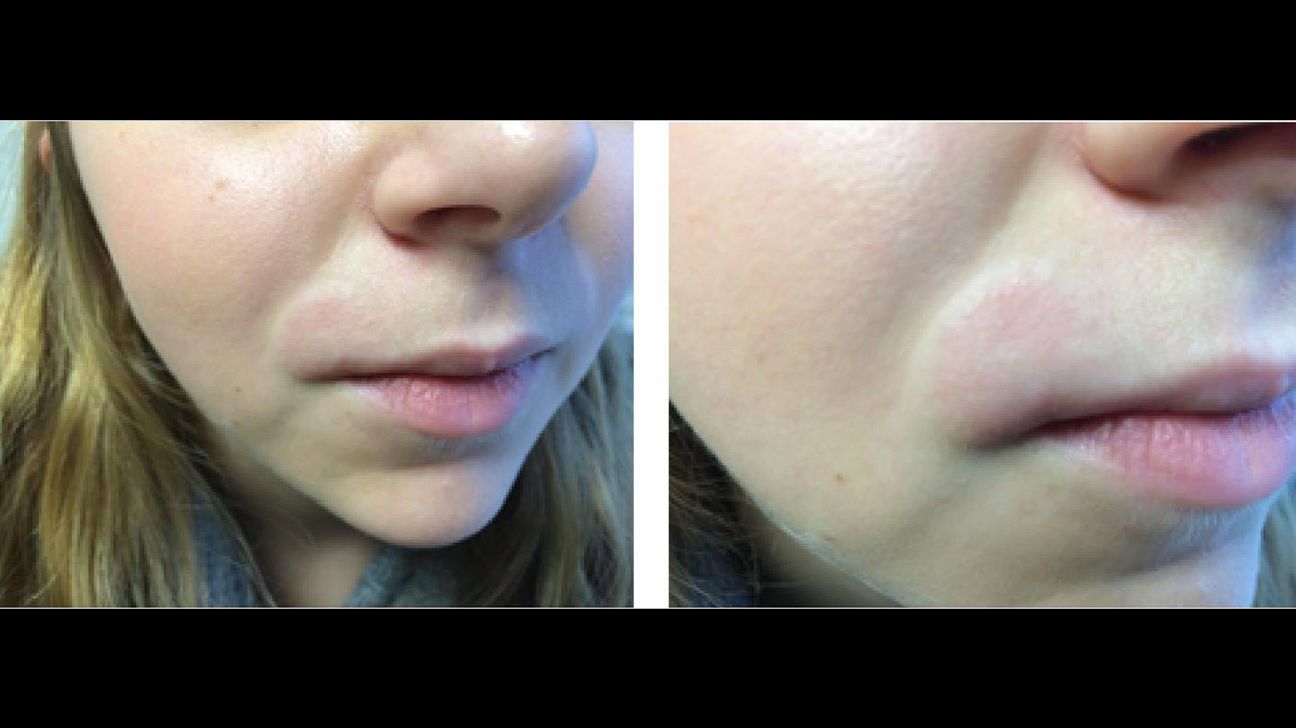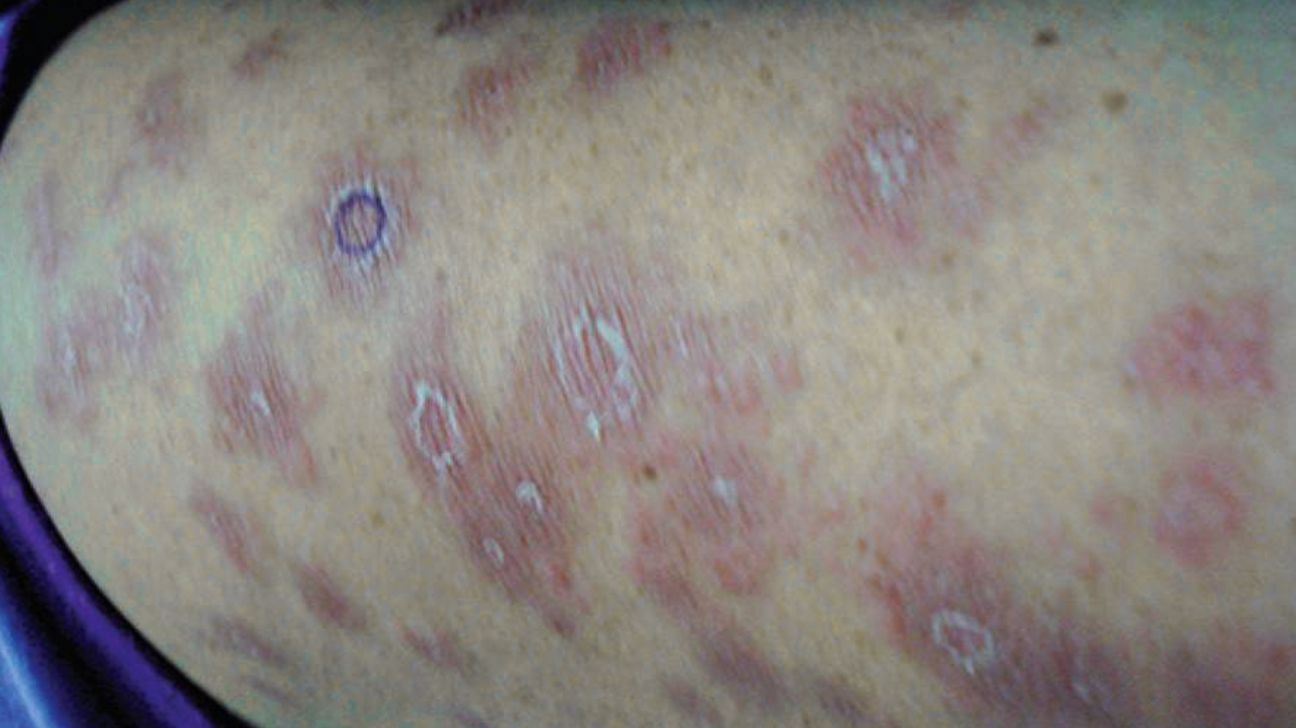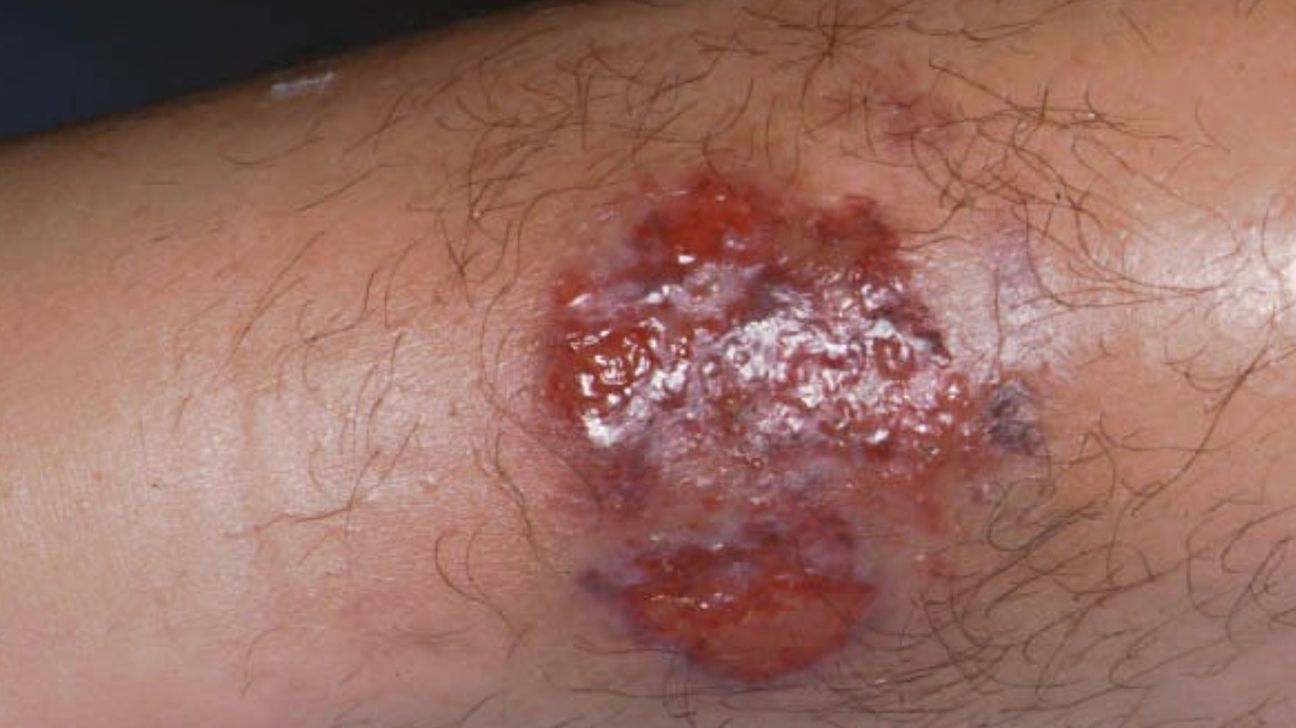Metastatic Crohn’s disease occurs when inflammation from Crohn’s affects skin areas that aren’t along your digestive tract. In children, these symptoms often appear before typical Crohn’s symptoms.
Crohn’s disease is an inflammatory bowel disease (IBD) that mostly affects your small intestine and the beginning of your large intestine.
But in some cases, inflammation from Crohn’s can manifest in parts of your body unrelated to your gastrointestinal (GI) tract, like your skin. Doctors refer to this as metastatic Crohn’s disease (MCD).
MCD differs from other skin conditions associated with Crohn’s disease, such as pyoderma gangrenosum or erythema nodosum.
First defined in 1965, researchers are still working to understand MCD, its causes, and how best to manage it. Keep reading to learn more about MCD, including its common symptoms and treatment options.
According to the Crohn’s & Colitis Foundation, about 1 in 5 people with IBD experience skin complications.
Most Crohn’s skin lesions occur as an extension of GI inflammation. Ulcers and rashes may appear on areas of skin along the GI tract, such as your mouth, perineum, or anus.
With MCD, however, some of these skin lesions develop away from the digestive tract inflammation. This means you might experience skin problems in areas not next to your GI tract.
Lesions associated with MCD most often develop in the following areas:
- genitals
- legs
- arms
- abdomen
- skin folds
Less commonly, MCD may develop on your face, breasts, or trunk. Additionally, you may have multiple MCD lesions or up to a few consolidated in one area.
Skin lesions or plaques from MCD
- red, purple, or brown, depending on your skin tone
- ulcerated
- inflamed and tender to the touch



Warning
Contains Sensitive Content
A doctor may diagnose MCD if you have Crohn’s disease and some of its common skin effects. They will confirm their findings with a skin exam and a biopsy.
In some cases, doctors may diagnose MCD before you have a Crohn’s disease diagnosis.
To confirm the presence of Crohn’s disease, a doctor may:
Your doctor may also need to rule out other skin conditions that look like MCD. These include:
There’s no consensus on how best to treat MCD because it’s so rare.
Treatment varies. Ultimately, it depends on the severity and location of skin lesions.
A doctor may first prescribe topical corticosteroids or calcineurin inhibitors, which you apply directly to the affected areas of skin.
If topical therapies don’t work, a doctor may recommend oral steroids, biologics, or immunosuppressants. These medications may also help in cases where MCD affects multiple areas of the body.
Some cases, such as those that involve the perineum,
It’s not clear what exactly causes MCD.
Some
While this skin complication develops in people with Crohn’s disease,
Not everyone with Crohn’s disease will develop MCD. Furthermore, it’s possible to develop MCD a few months or several years before Crohn’s,
Experts estimate that
Some studies have found that almost half of people with Crohn’s experience related skin conditions. The two most common of these conditions are erythema nodosum and pyoderma gangrenosum.
But MCD is rare, with
Groups with a higher risk of MCD include females, younger adults, and children.
There’s currently no cure for MCD. The effects of treatment are highly individual.
Since MCD is so difficult to treat, cases are often recurring and persistent. Reported cases of spontaneous resolutions also exist, but
MCD is a rare condition in which Crohn’s disease inflammation causes skin symptoms beyond the path of the digestive tract. Some people develop MCD before they receive a Crohn’s diagnosis.
If you or a loved one develops unexplained lesions or plaques, with or without Crohn’s, it’s important to talk with a doctor as soon as possible. An accurate diagnosis is key to getting the treatment you need to reduce your symptoms and improve your quality of life.




